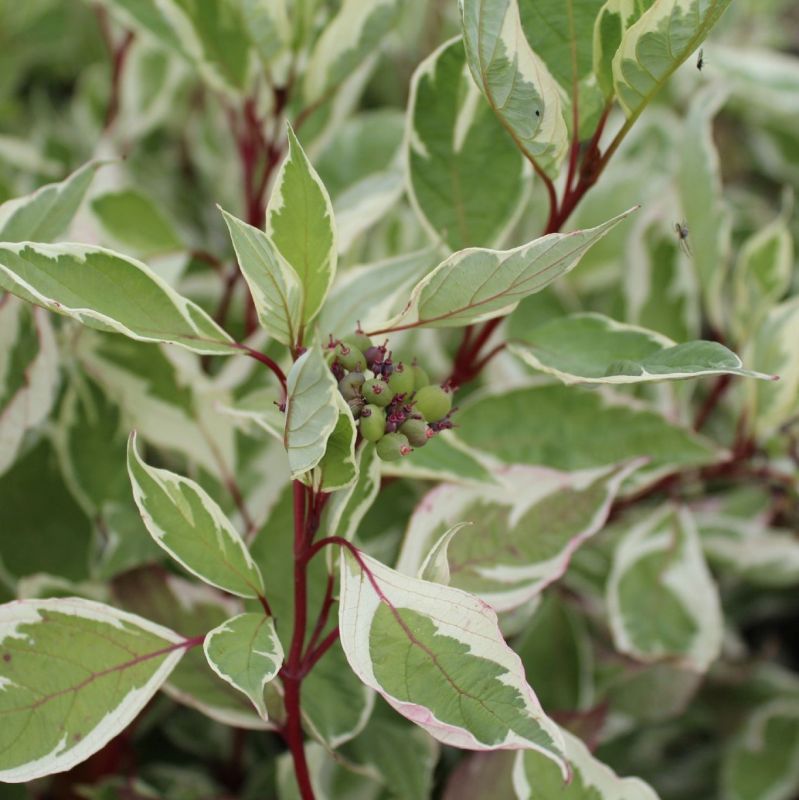
Cornus alba 'Elegantissima' (AGM) 10L Coolings Garden Centre
Cornus alba, often known as Red Twig Dogwood, but perhaps more correctly as Tatarian Dogwood (to stop confusion with Cornus sanguinea and Cornus serice), is a multi-stemmed, deciduous shrub.. This shrub is renowned for its bright red winter stems, variegated leaves, and clusters of white flowers in spring. It typically reaches a height of 6 to 8 feet (1.8 to 2.4 m), and has a similar spread.

Cornus Alba Elegantissima 6090cm (23Ft) Bare Root Variegated Dog Wood Hedging Plants from
Cornus alba 'Elegantissima' Pronunciation: KOR-nus AL-ba el-e-gan-TIS-i-ma SKU #02773 2-8 Your climate may be too warm for this plant: 9 Change Location Pre-Order for Spring Find In Store OVERVIEW DETAILS STYLE CARE This Plant's Growing Zones: 2-8 Your USDA Cold Hardiness Zone: 9 Your climate may be too warm for this plant Change Location
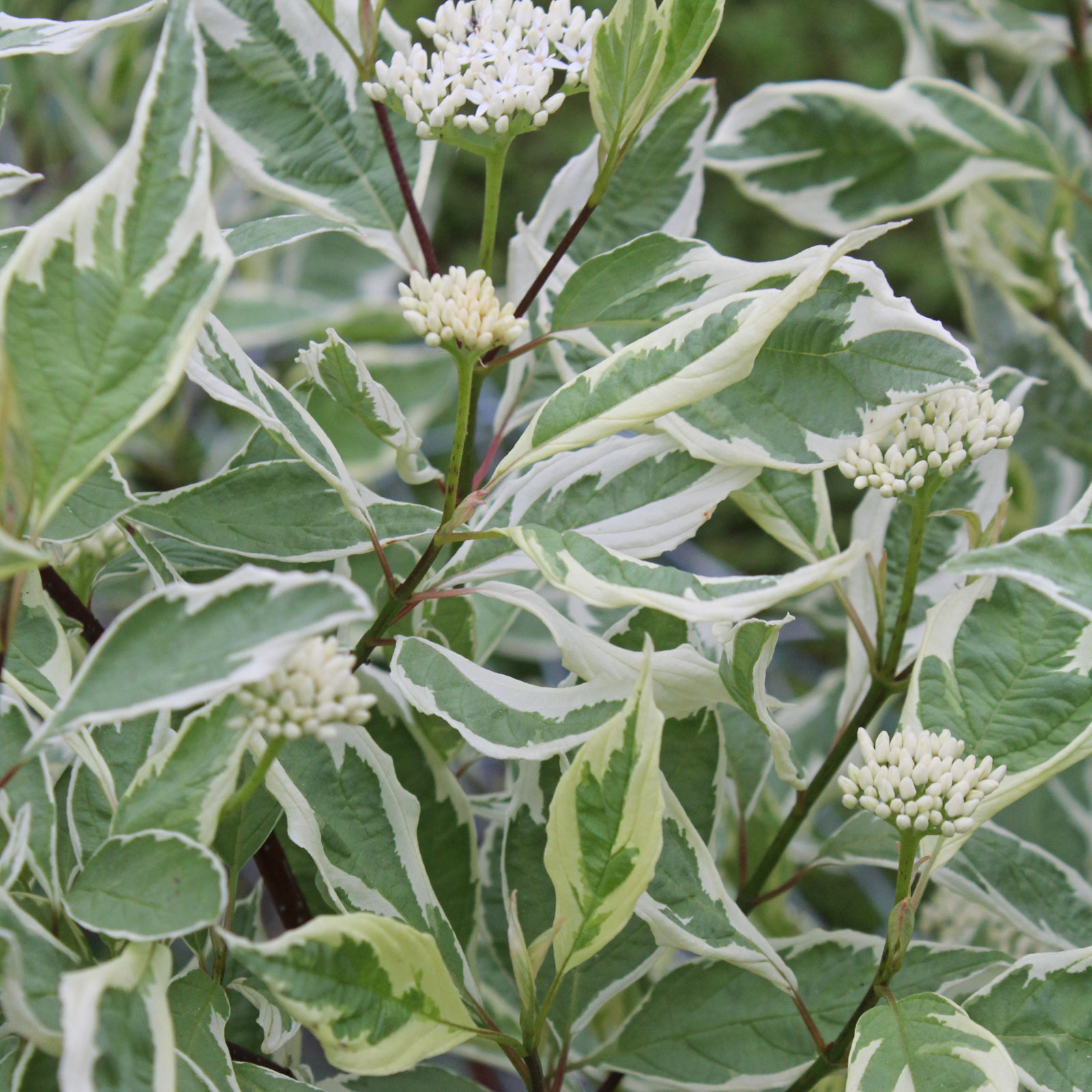
Cornus alba „Elegantissima“
Cornus alba is a species of dogwood native to eastern and central Asia. It is widely grown as an ornamental plant, whose available cultivars have been selected for their winter glowing colors. Buy Cornus alba (Tatarian Dogwood) Cornus sanguinea 'Midwinter Fire' (Bloodtwig Dogwood) Astilbe 'Fanal' (Arendsii Hybrid)

Cornus alba 'Elegantissima' Worfield Plants
'Elegantissima' Leaves with an irregular margin of creamy white, centre grey-green; winter-stems red. Also known as 'Sibirica Variegata'; both names are in use, but the one adopted here seems to be the better established, at least in this country.

Cornus alba 'Elegantissima' from NVK Nurseries
Cornus alba 'Elegantissima' KOR-nus AL-bah Audio This vigorous deciduous shrub provides a long season of interest in the garden with its variegated leaves, attractive berries, pretty fall color, and red winter stems. Noteworthy Characteristics 'Elegantissima' has berries that are white and often tinged with blue and green.
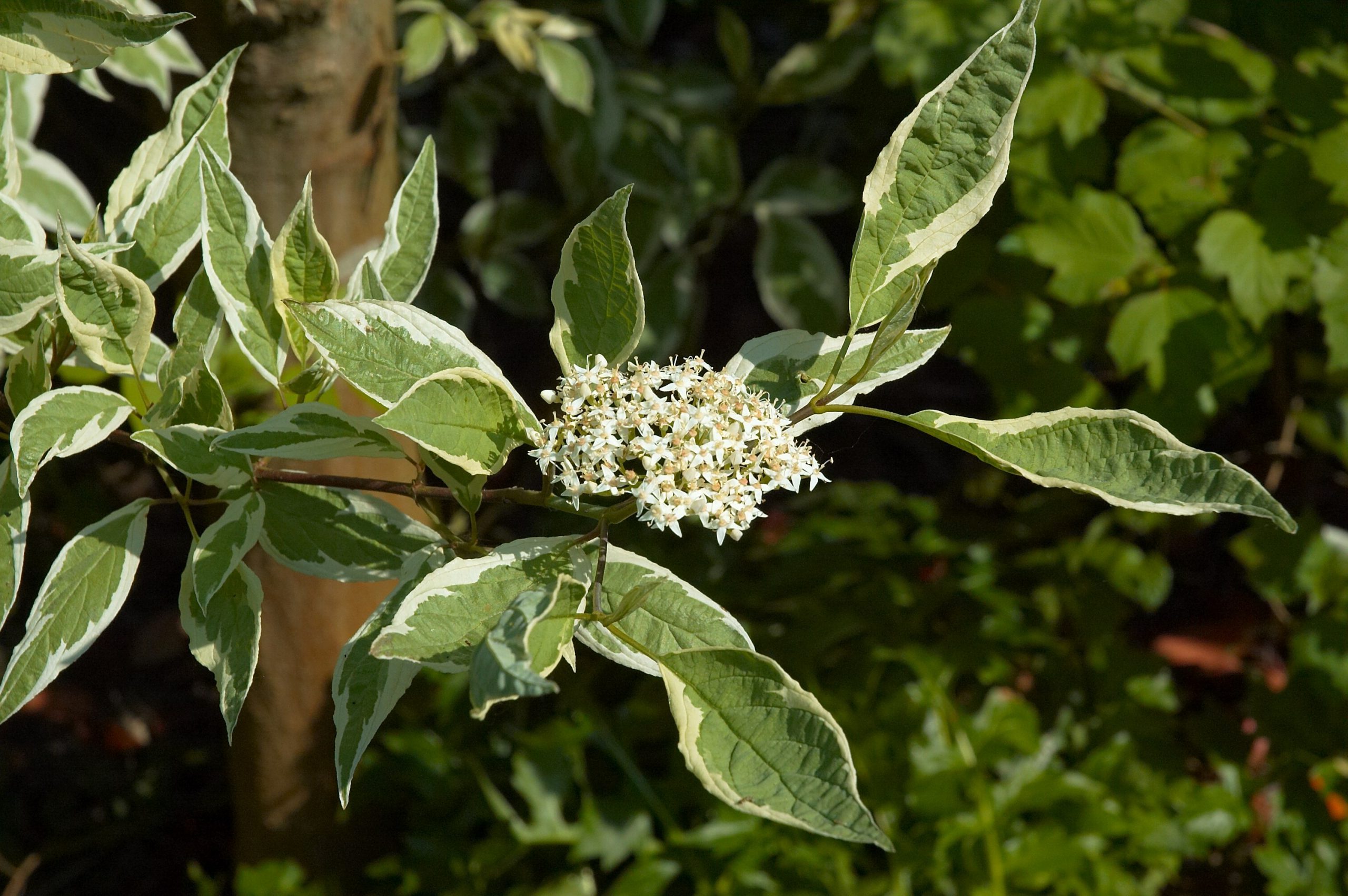
Cornus Alba 'Elegantissima' Plants To Your Door
'Elegantissima' (also known as 'Argenteo-marginata') - Silver-Edge Dogwood - the standard variegated form, possesses green-gray foliage with white to creamy variegated margins, having somewhat graceful windswept branching with maturity, often placed in partial sun to partial shade where it brightens a shadowy area, rapidly maturing at 8' tall by.
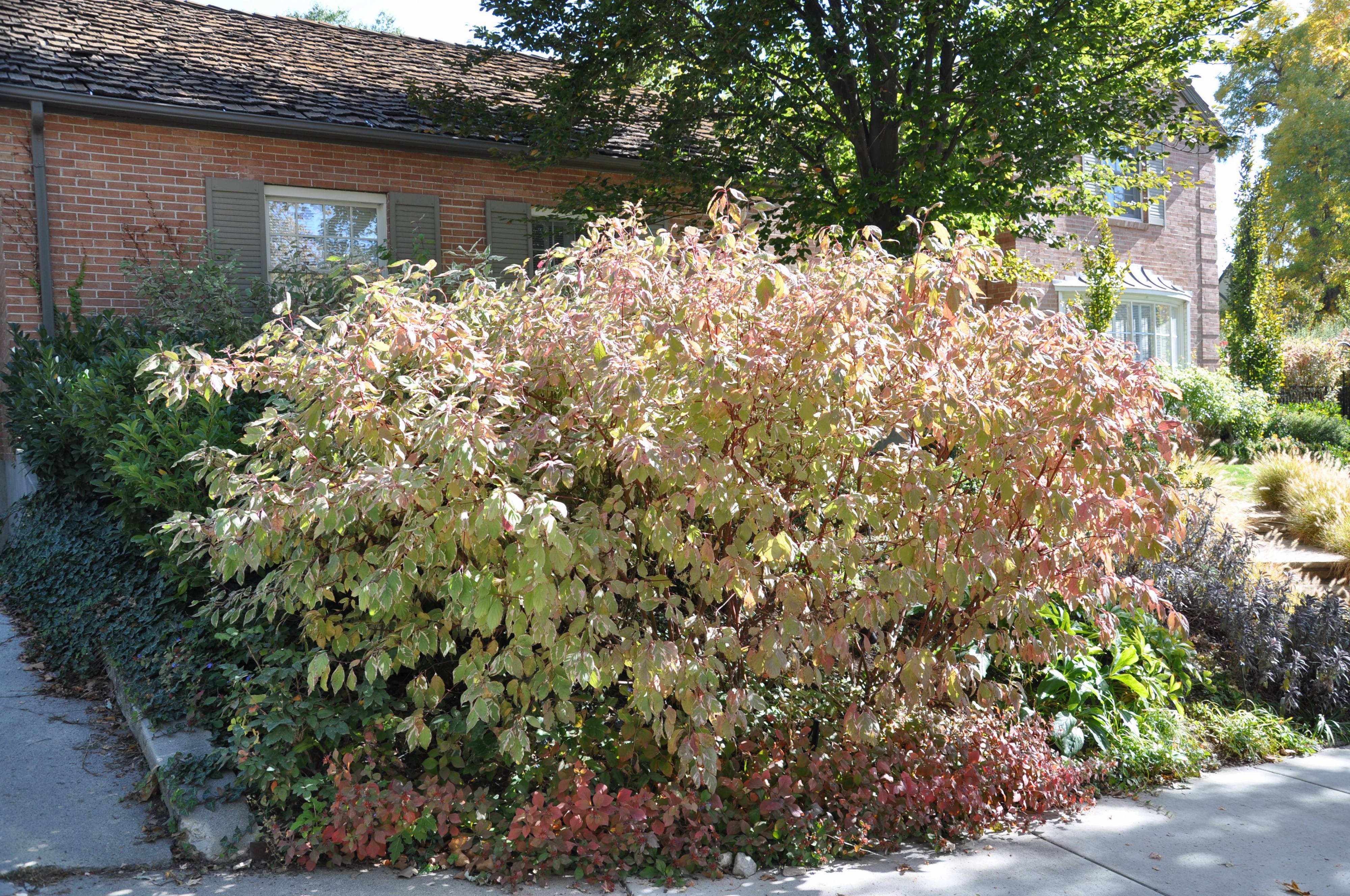
Cornus alba 'Elegantissima'
Cornus alba 'Elegantissima' VARIEGATED REDTWIG DOGWOOD syn. 'Argenteo-marginata' Family: Cornaceae Pronounced: KOR-nus AL-bah Quick Jumps Growing Guide Rainy Side Notes GROWING GUIDE Origin: Garden. Plant Group: Shrubs. Hardiness: Sunset zones: 1-9, 14-24. USDA: zones 2-8. Mature size: Height: 10 feet (3 m). Width: 10 feet (3 m). Flowering period:
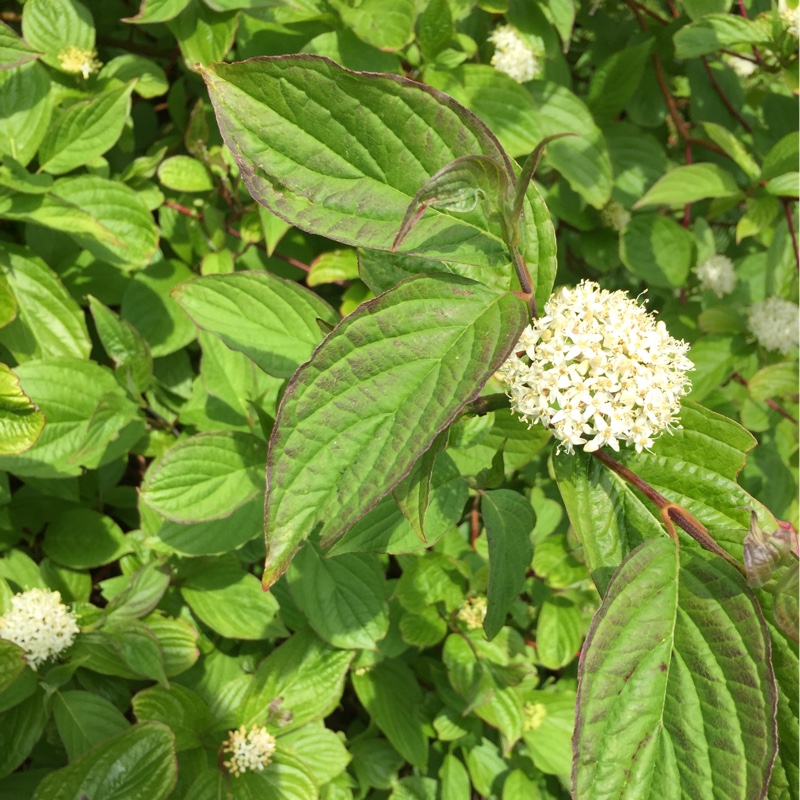
Cornus alba 'Elegantissima', Redbarked dogwood uploaded by rach_l
Description Tatarian dogwood is a shrub in the Cornaceae or dogwood family. It is grown for its ornamental value and winter interest. It can be pruned to grow as a small tree. It has an upright and loose form that arches with long unbranched stems as it ages. It tends to sucker to form large colonies, so root pruning may be necessary.

Cornus alba „Elegantissima“ Посадка деревьев, Кустарники, Идеи посадки растений
Cornus Synonyms: Cornus sericea 'Argenteo-marginata' Type: Broadleaf Native to (or naturalized in) Oregon: No Broadleaf deciduous shrub, 6-8 ft ( m) high, leaves have irregular creamy-white margins and gray-green centers. Sun to part shade. Adapts to many soil types, best in moist, well-drained.
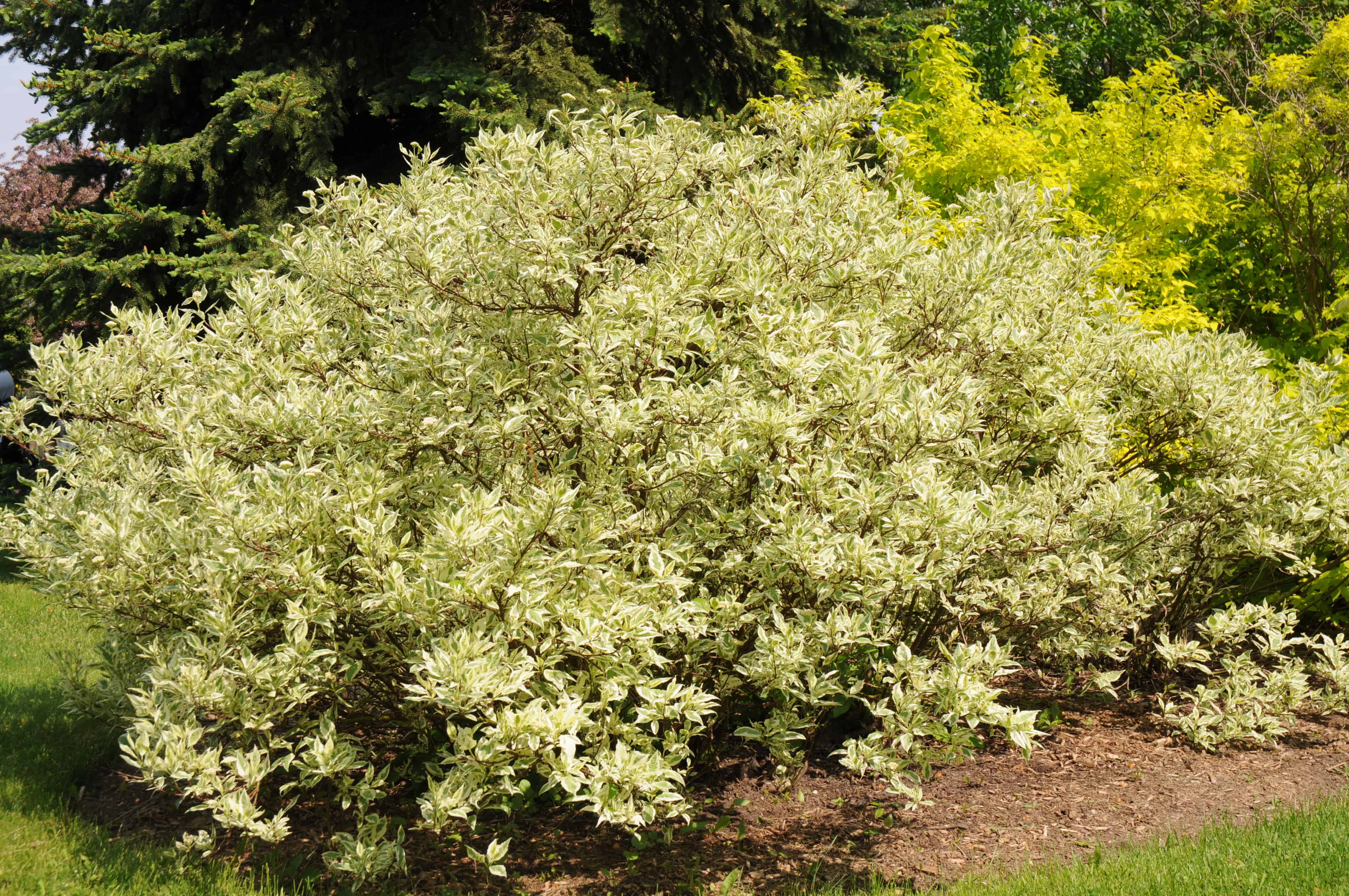
Cornus alba Elegantissima Pépinière Locas
Cornus alba 'Elegantissima' DogwoodShrub, DeciduousFamily: Cornaceae Height: 3m Spread: 4m Hardy Autumn colour Flower colour: Foliage colour: Position Soil Colourful-barked dogwoods are typically grown for winter colour, when their colourful, leafless stems shine like beacons in the bare winter garden.

Cornus alba 'Elegantissima' Also known as varigated dogwood. Backyard plants, Plants, Garden
'Elegantissima' is a bushy shrub with dark-red stems bearing ovate to elliptic, grey-green leaves, cream at the margins and flat clusters white flowers in late spring followed by spherical, white fruit. Season of interest Height and spread Metric | Imperial Where to grow Soil type Clay Loamy Sandy Soil drainage Moist but well-drained Well-drained
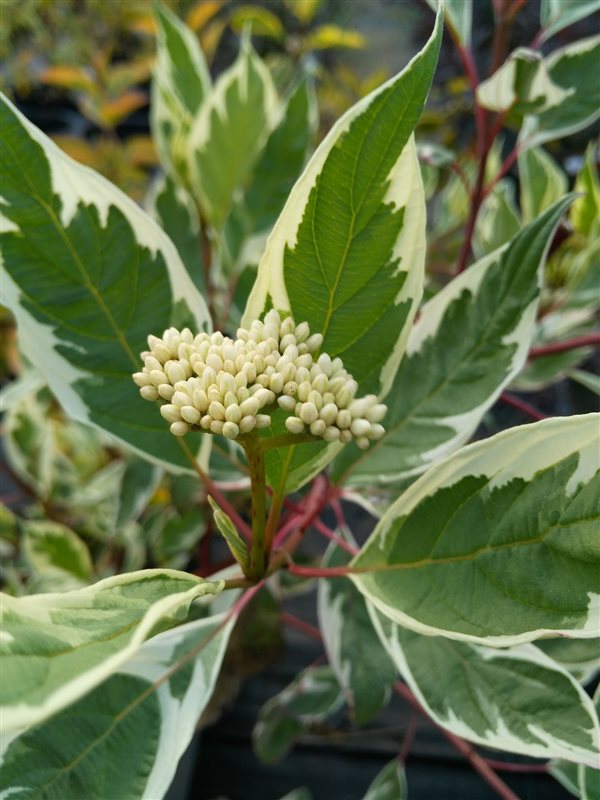
Cornus alba Elegantissima Van Arnhem Nursery
Tartarian dogwood is a suckering, colonizing deciduous shrub that can grow vigorously to an eventual height and width of 10'. It has a spreading and upright branching habit, forming an over-all rounded shape at maturity. It bears opposite simple leaves which are 2"-4.5" long and 1"-2" wide with an ovate shape.
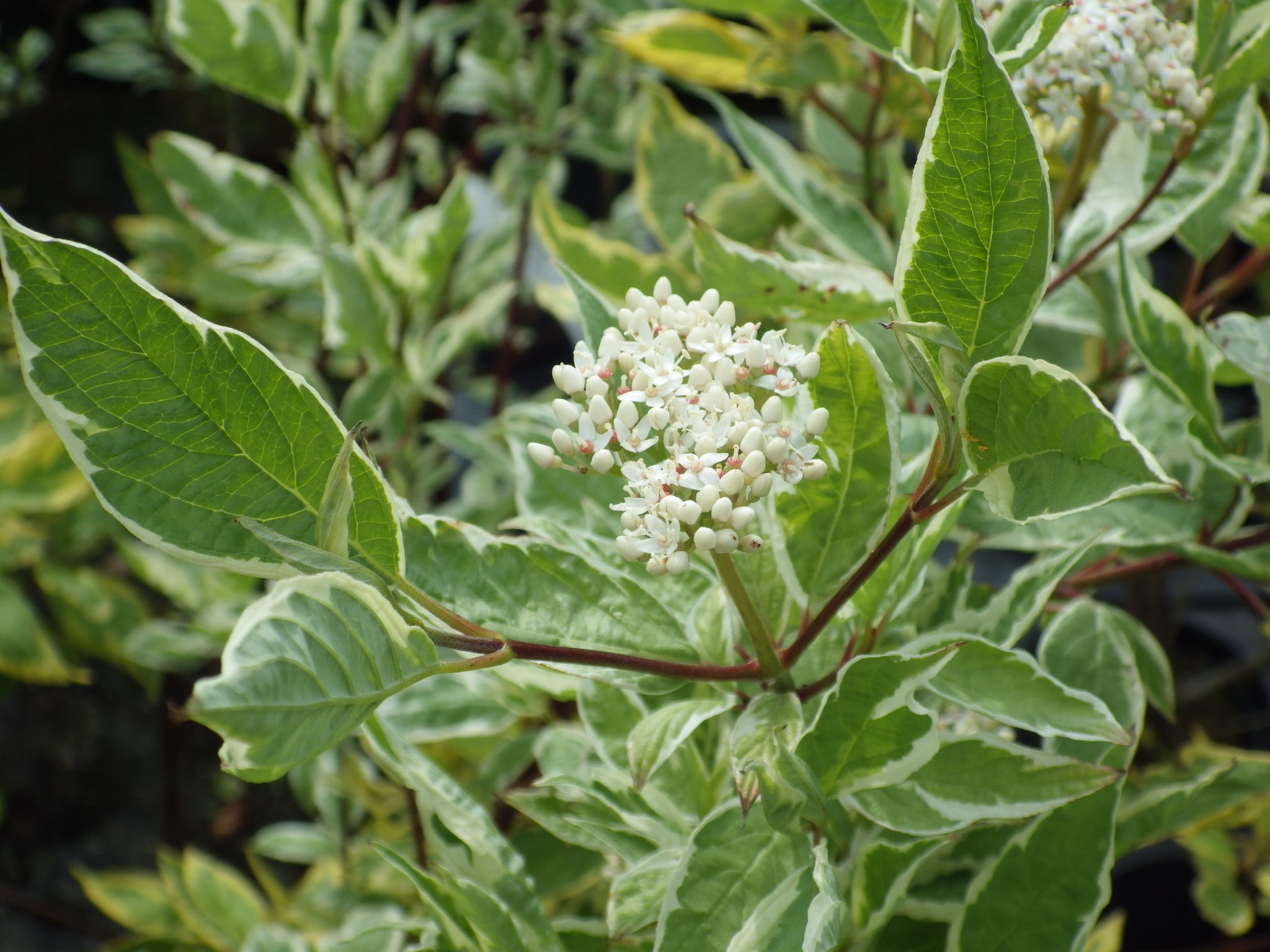
Cornus alba 'Elegantissima' Pépinières de la Rivière
Cornus alba 'Elegantissima' (v) red-barked dogwood 'Elegantissima' A bushy deciduous medium-sized shrub to 3m, with deep red stems and grey-green, white-margined narrowly ovate leaves to 10cm in length. Flowers small, creamy-white, in flat heads; berries white Synonyms Cornus alba 'Argenteo-marginata' Cornus alba 'Albovariegata' Join the RHS
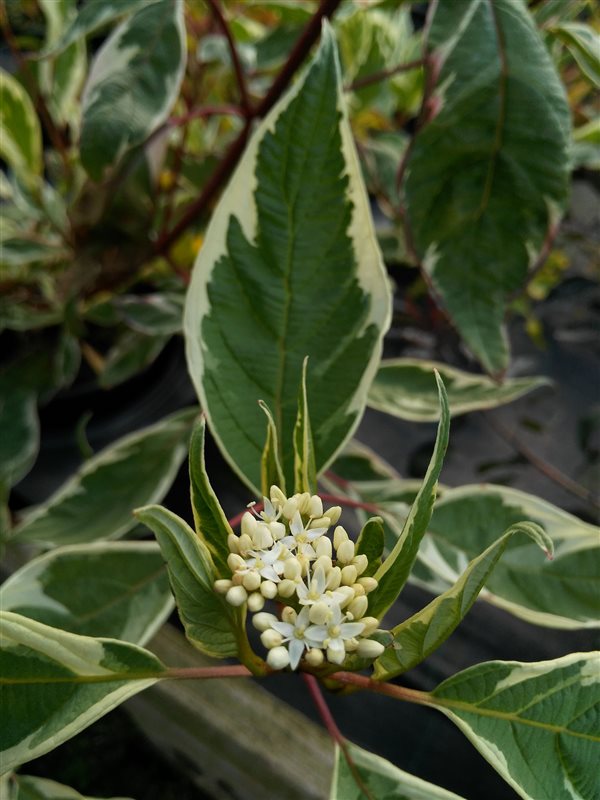
Cornus alba Elegantissima Van Arnhem Nursery
The Spruce / Evgeniya Vlasova Planting Dogwood shrubs are normally planted as nursery-grown container plants or ball-and-burlap specimens in the fall or the early spring. Choose a site with full sun or dappled sun and make sure the soil is well draining. The color of the branches is typically more vivid red when grown in full sun.
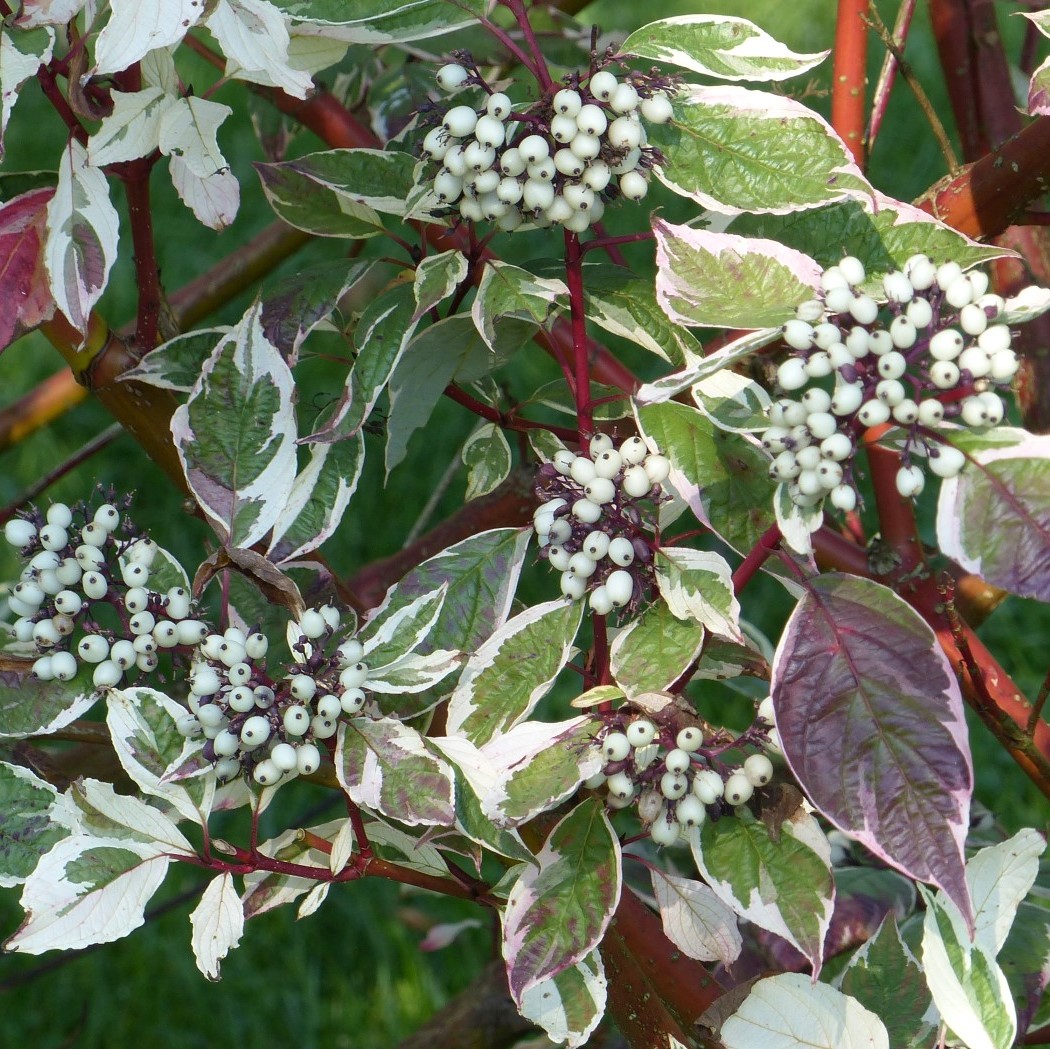
Hartriegel Cornus alba 'Elegantissima' Annas Garten
Cornus alba, commonly called tatarian dogwood, is a rapid-growing, multi-stemmed, suckering, deciduous shrub that is native to eastern and central Asia in areas in part inhabited by Tatars or Tartars. It typically matures to 8-10' tall.

Cornus Alba Elegantissima, vendita e spedizione in tutta Italia
Fragrant white flowers and intense red stems, the Elgantissima Dogwood (Cornus alba 'Elegantissima') is an ornamental shrub with four-season color and a special winter appeal. Plant several for a flashy winter border, or even just one would be lovely as a specimen planting in your yard.